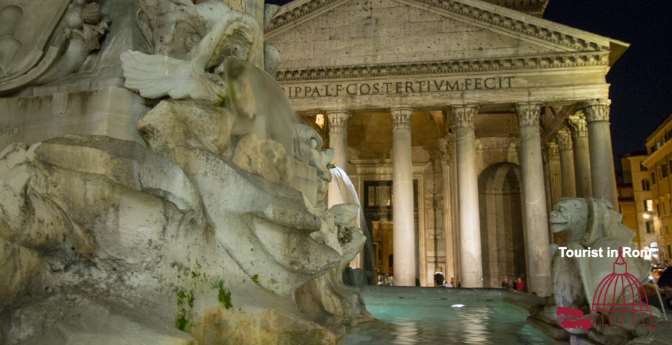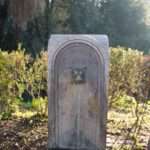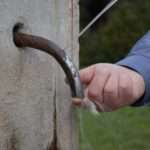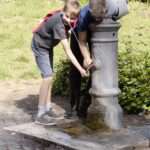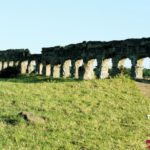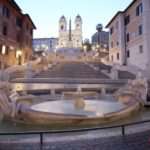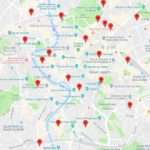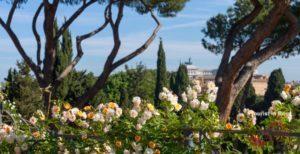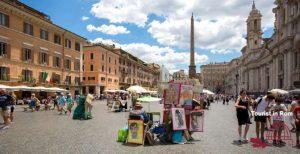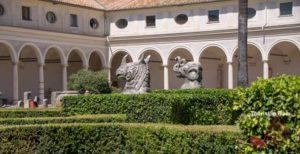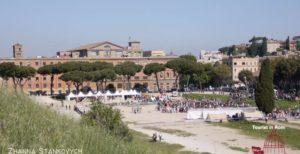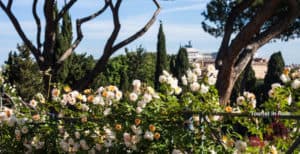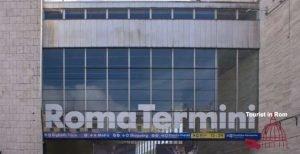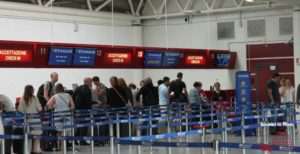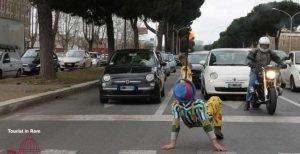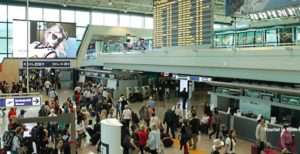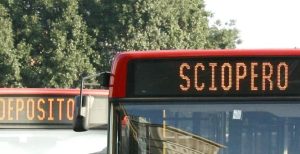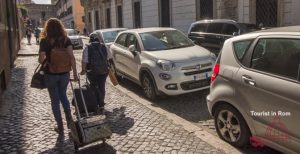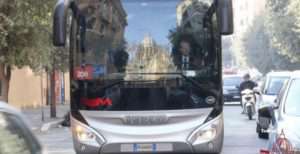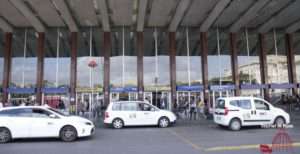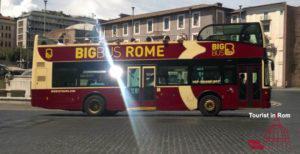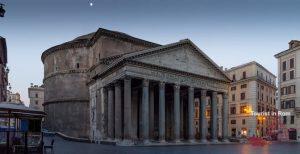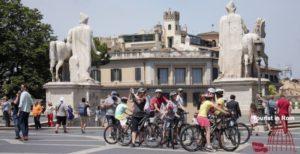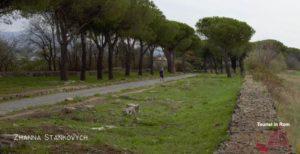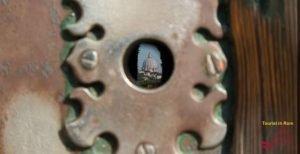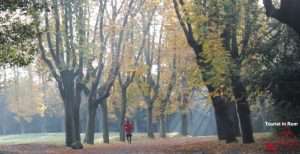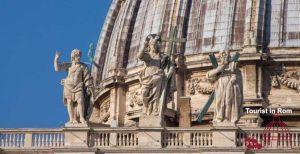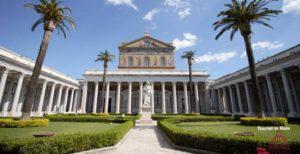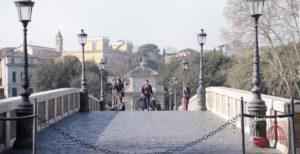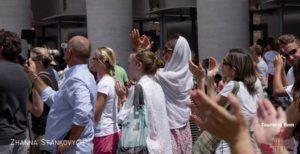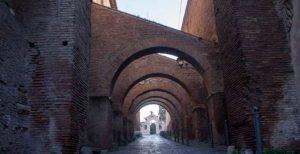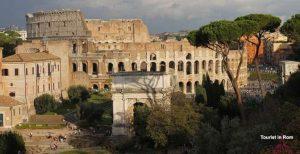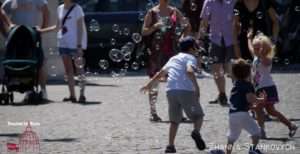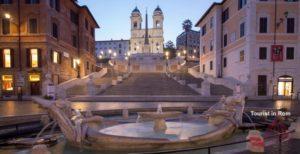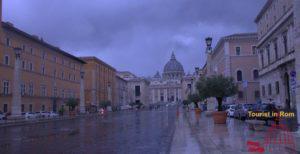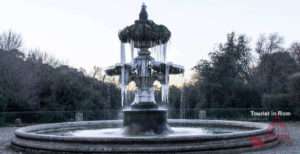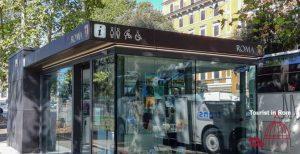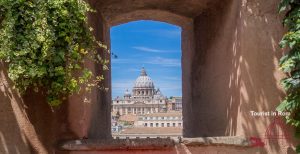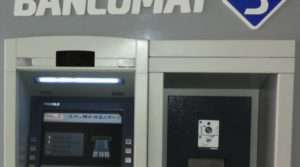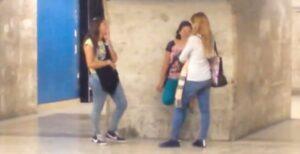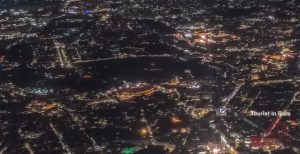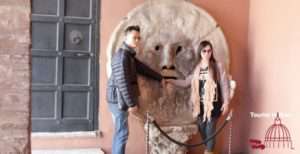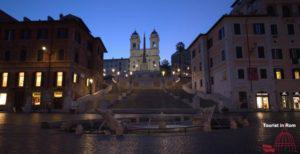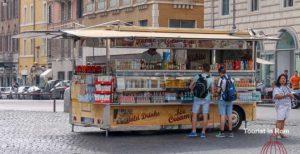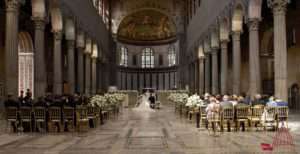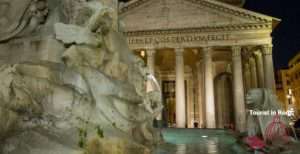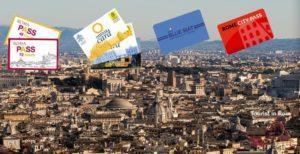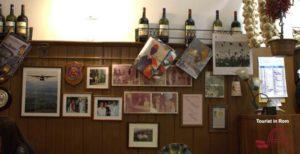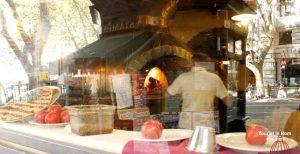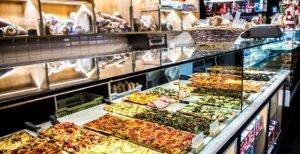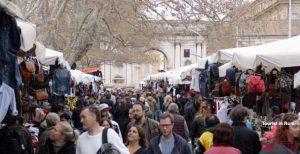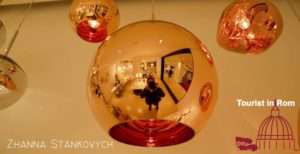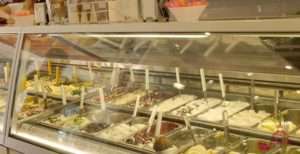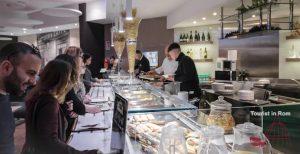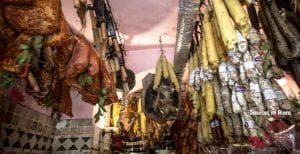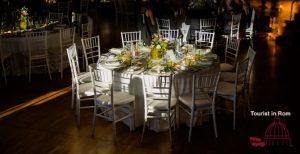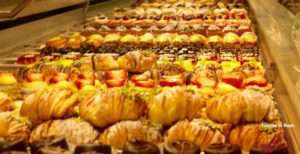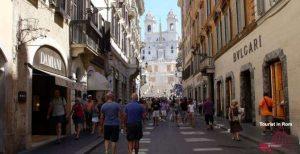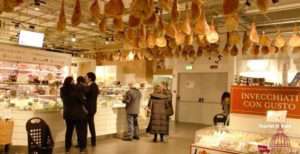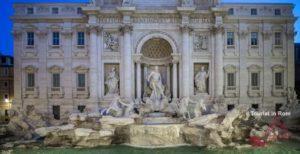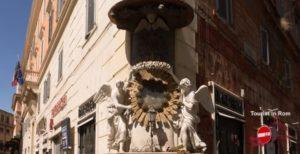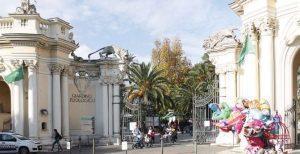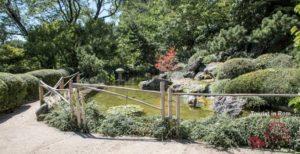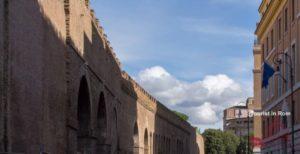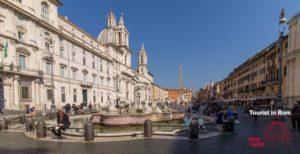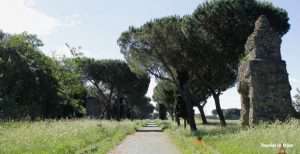Rome has excellent drinking water and there are many public water points. The water supply in Rome is still based on the works of the ancient Romans.
Partner-Links helfen uns dabei, unsere Informationen kostenlos bereitzustellen. Für abgeschlossene Buchungen erhalten wir eine Provision – ohne Mehrkosten für Sie! Mehr
Partner links help us to provide our information free of charge. For completed bookings we receive a commission – at no extra cost to you! More
I link dei partner ci aiutano a fornire gratuitamente le nostre informazioni. Riceviamo una commissione per le prenotazioni completate, senza alcun costo aggiuntivo per voi! Di più
Water quality
The tap water in Rome is generally a very fresh, tasty and chalky potable water of excellent quality. Tap water is under continuous quality control and slightly chlorinated. In some suburbs of Rome, the water is slightly sparkling and is slightly effervescent from the pipe. You can safely drink tap water in Rome.
Nasoni
In many streets and parks in Rome, you will find fountains with running water. They are called “Fontanelle” or even “Nasoni“.
The water is always potable water, otherwise you’ll find a note, that the water is “acqua non potabile”. All wells are checked regularly.
The Fontanelle have usually a hole on the top of the spout. If you close the spout with your finger, the water splashes out of the hole and you can have the water sprayed directly into the mouth. It is forbidden to touch the spout with your mouth!
You can safely fill a water bottle at the bubbler and it is absolutely not necessary to buy bottled water.
In St. Peter’s Square you will find drinking water wells around the obelisk at the lampposts.
Sparkling water
The Roman waterworks provide in the city some water dispensers, where you can tap fresh water and sparkling water.
These are the positions of the water dispensers for sparkling water:
- In front of the metro station Colosseo
- In front of the exit of the Colosseum
- In front of the railway station San Pietro
- Opposite Castel Sant’Angelo towards the Vatican in Piazza Pia
- In the Villa Borghese in front of the entrance to the zoo – Bioparco
- At the pyramid on the Via Marco Polo in front of the administrative building of the waterworks
Monumental fountains
Since ancient times, the Romans have placed great value on a good water supply. Since the fourth century BC the waters of the Tiber was no more sufficient for the provision of water, they began to build aqueducts and brought them to a high architecture.
In ancient times, 12 aqueducts were realized, conducting the water over long distances. Today, there are 16 water supplies to the city. Many of the fountains, such as the Trevi Fountain, the large fountain Acqua Paola on the Gianicolo Hill or the two fountains on the St. Peter’s Square, are fed by ancient aqueducts with potable water.
To save water, many monumental fountains today have circulation systems. The drinking from the monumental fountains is therefore usually harmless, but not recommended. It is forbidden to jump into the Roman wells or even to put your feet in it.
Water 2023
Already in 2022, there was again a lot of talk about water shortages in Italy. However, Rome was not affected and there were no restrictions.
The situation in northern Italy is also very dramatic in 2023. During the winter months it was much too dry and the water level of the lakes had dropped dramatically. This cannot be compensated for quickly even by extensive rainfall.
In Rome, the situation is different. It rained abundantly in the winter and it also rained regularly in the spring. The fact that there is little rain from June to mid-August is not unusual, and drought during these months is also quite normal. It can therefore be assumed that there will be few restrictions. It is possible that there will be a ban on watering gardens and washing cars during the summer. However, the free water dispensers for sparkling water will certainly continue to operate and there will also be nasoni all over Rome that will continue to function (see maps below).
Water scarcity in the summer 2017
Rome usually has potable water in excess and is very wasteful. Thousands of liters flow through the monumental wells and the 2,500 public bubblers in the city.
Due to the low rainfall in the spring 2017 the inflows of potable water in Rome were below the usual amounts.
At the beginning of July 2017 it was decided to close a large part of the bubblers – Nasoni – in addition to a ban on the irrigation of green areas. With the onset of rainfall in September, the problem has been solved.
With a population of 2.7 million, Rome has double the water consumption of Berlin with 3.5 million inhabitants and the reduction of 8% had no major impact.
As a signal of responsibility for the environment, the Vatican turned off the two monumental fountains on St. Peter’s Square. That was a pity, of course.
The Roman water supply company has published a list of Nasoni with guaranteed water supply. In order to make your orientation easier, we have drawn the guaranteed bubblers in the city center into the map below.
In any case, it has been shown that the news of water scarcity in the summer of 2017 has been greatly exaggerated and that for now, Rome will not have water problems too soon.
